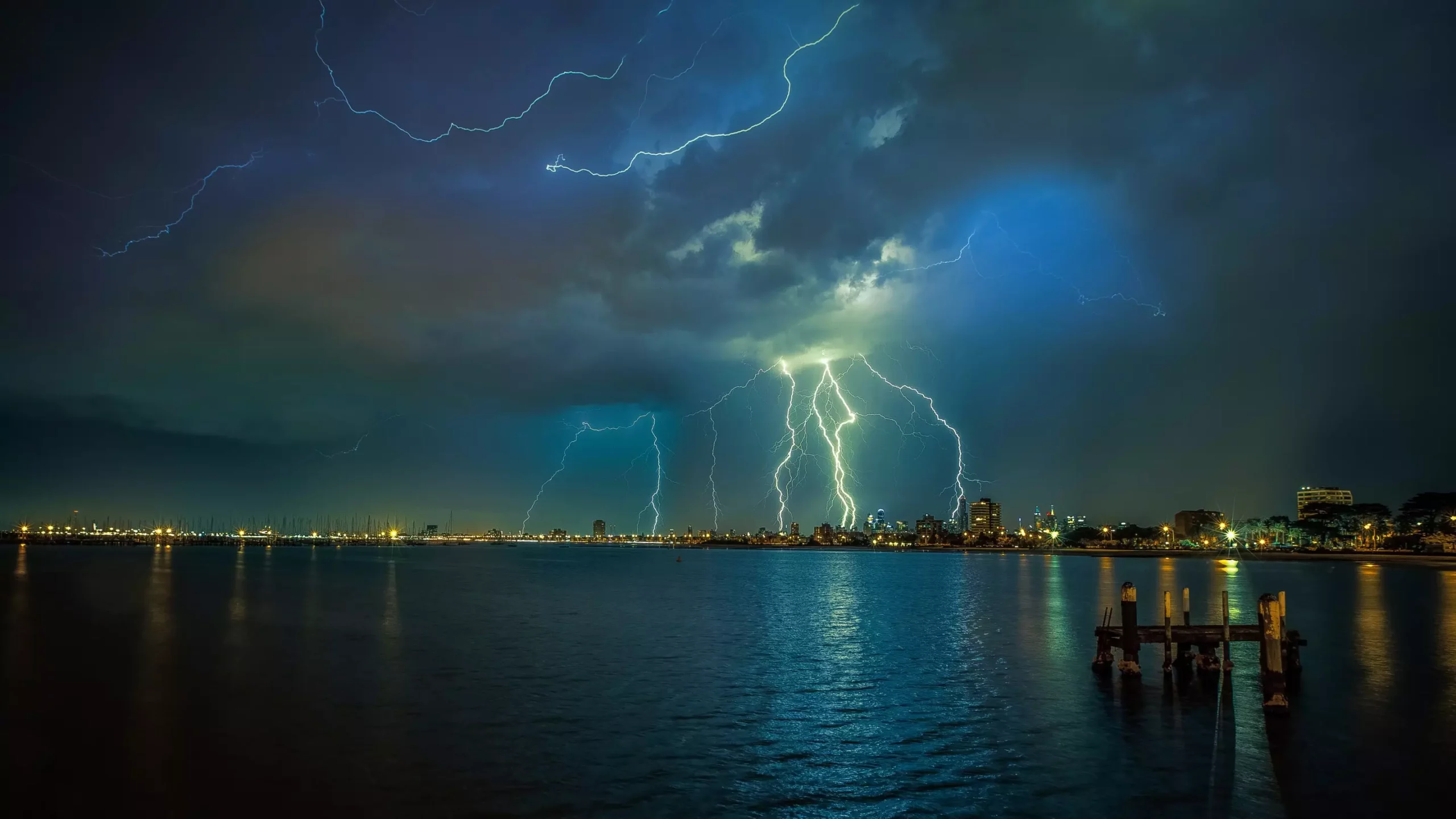Recent research sheds light on a concerning relationship between air pollution and the intensity of summertime thunderstorms. Conducted by a team from James Madison University and published in the journal Atmospheric Research, this study reveals that urban pollutants do more than just compromise air quality; they actively contribute to the frequency and severity of thunderstorms. Professor Mace Bentley, the lead researcher, explains that pollutants act as cloud condensation nuclei. As these particles are drawn into storm clouds, they influence the electrical charge distribution within the clouds, culminating in enhanced lightning activity.
The researchers performed an exhaustive analysis over the span of three years, scrutinizing approximately 200,000 thunderstorms in the Washington, D.C., region and over 300,000 in the Kansas City area. By integrating lightning strike data from the National Lightning Detection Network along with air pollution measurements from numerous monitoring stations, the team was able to illustrate a clear correlation between pollution levels and the intensity of electrical activity in storms. The study particularly highlighted that in conditions of high atmospheric instability, an influx of pollutants significantly raised the number of cloud-to-ground lightning strikes.
The findings suggest a troubling implication for urban environments. With megacities like Washington, D.C., and Kansas City facing growing pollution challenges, the risk of severe thunderstorms may increase, leading to heightened dangers such as flash floods and infrastructure damage. Mace Bentley’s ongoing research into Bangkok— a densely populated city grappling with even more severe pollution—reinforces these concerns. Preliminary results indicate an even greater incidence of lightning strikes, painting a grim picture of how urban pollution exacerbates natural weather phenomena.
What emerges from Bentley’s studies is a universal pattern: wherever pollution levels are elevated, thunderstorms and lightning activity become more pronounced. This global perspective calls for a reevaluation of the implications of air quality on climatic events. As urbanization continues to swell worldwide, addressing air pollution may not just be a health priority but a crucial element in managing severe weather patterns as well.
As we grapple with the dual challenges of air pollution and climate change, this research underlines the urgent need for action. Policymakers, environmental agencies, and communities should take heed of these findings. Mitigating air pollution is not merely about safeguarding human health; it is essential for curtailing the increased intensity of thunderstorms and the risks they pose. With effective strategies and robust public policies, we can work towards a future where air quality is improved and the threatening effects of extreme weather are minimized.


Leave a Reply